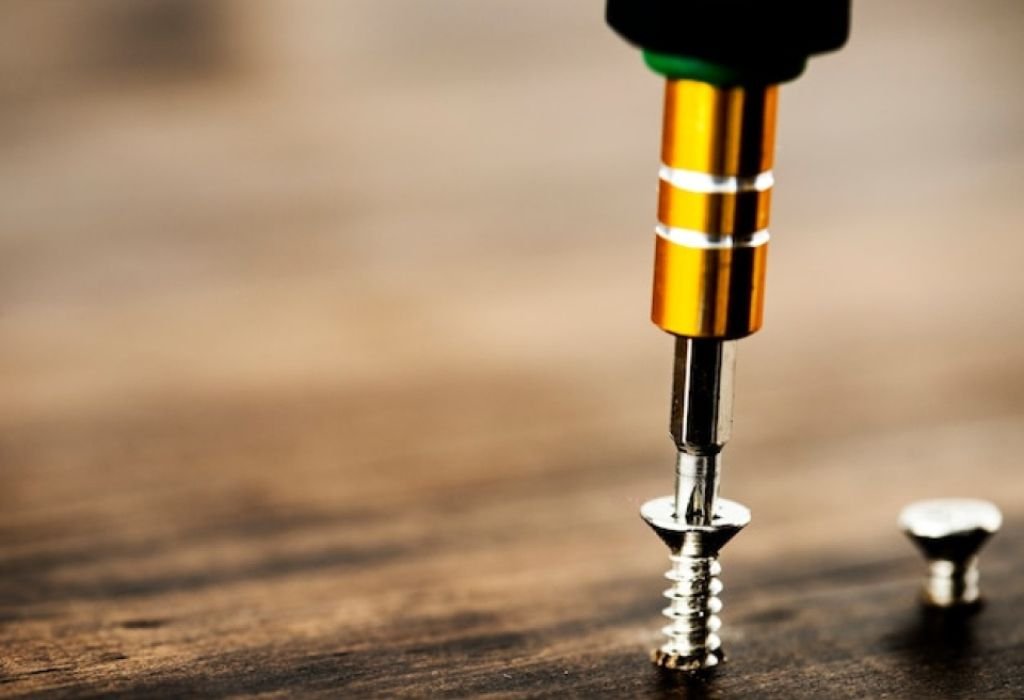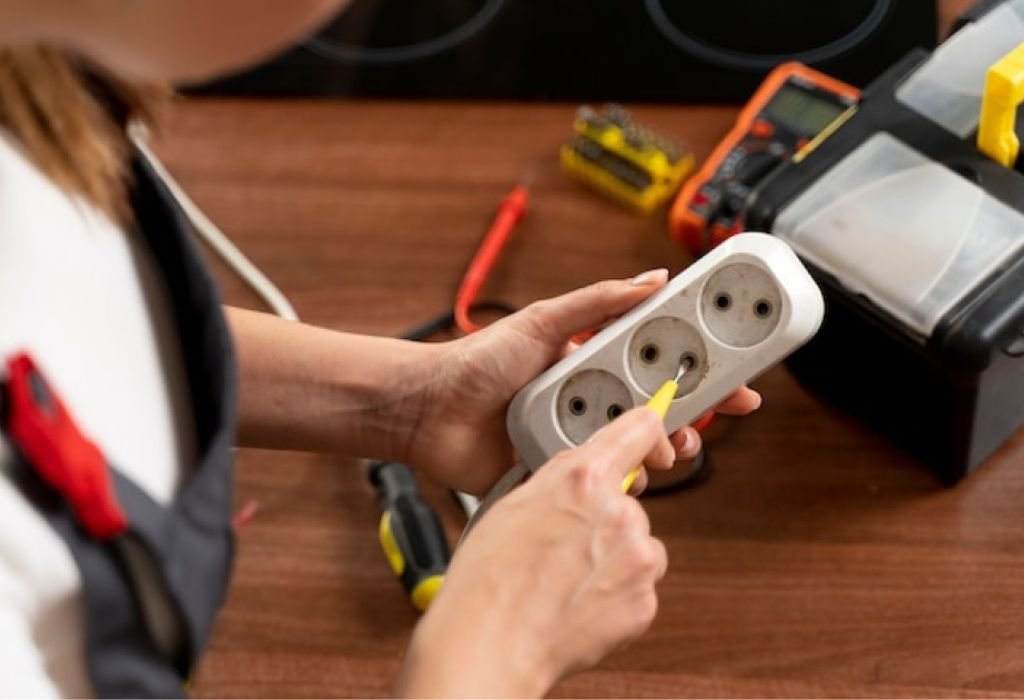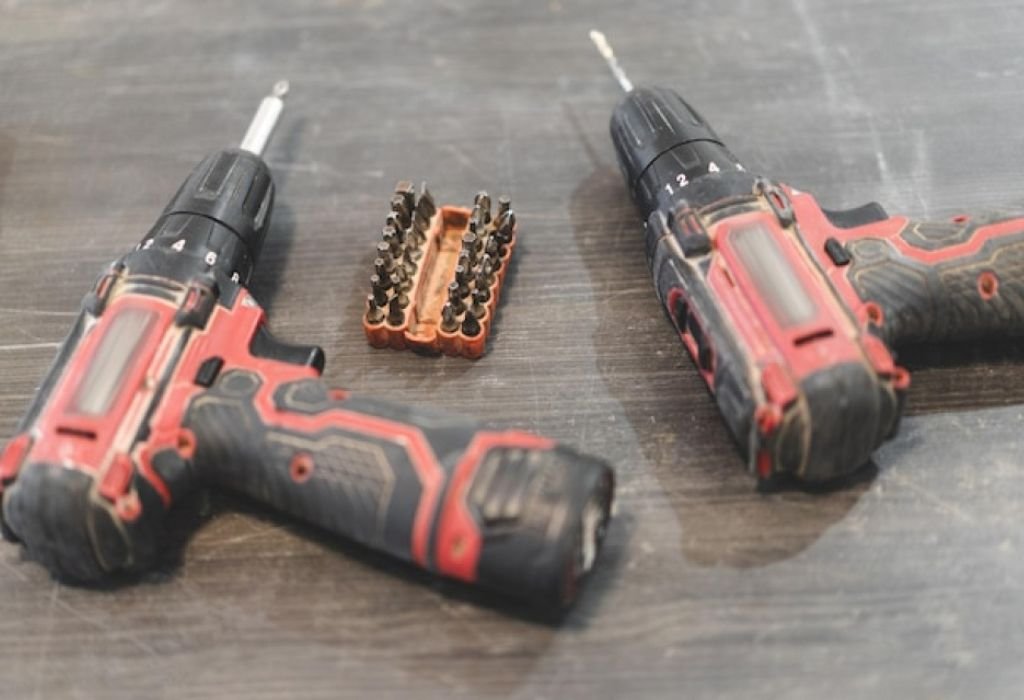A stubborn lug nut or rusted bolt can stop a weekend repair in its tracks. In that moment, many car owners look at the compact impact driver in their toolbox and wonder if it can handle the job.
This question is common because impact drivers are lightweight, fast, and widely available. They excel at driving screws and small bolts, but automotive work often demands much higher torque. The curiosity lies in whether one tool can do the work of both a driver and an impact wrench.
The benefit of using an impact driver is clear: it saves time, reduces strain, and fits in tight spaces under the hood. However, the risk comes from relying on a tool that may not deliver the necessary power for critical tasks such as tightening wheel lugs or suspension bolts.
Statistics highlight the challenge. Most passenger vehicle lug nuts require torque between 80 and 110 ft-lbs, while trucks can demand up to 140 ft-lbs or more source. Many standard impact drivers fall short of these figures, especially when removing rusted or over-tightened fasteners.
According to Pro Tool Reviews, impact wrenches provide far greater breakaway torque because they are designed with a 3/8″ or 1/2″ square drive, compared to the 1/4″ hex collet found on impact drivers source. This difference explains why professionals trust wrenches for wheels and heavy hardware.
For anyone tackling automotive projects, knowing exactly when an impact driver works—and when it doesn’t—is crucial. This guide explores the strengths, limitations, and safe applications of impact drivers in the garage.
Impact Driver vs. Impact Wrench — What’s the Difference?

An impact driver is designed for screws and smaller bolts. It uses a 1/4-inch hex collet and delivers fast, repetitive impacts that make quick work of light fastening.
An impact wrench, on the other hand, uses a 3/8-inch or 1/2-inch square drive. It produces fewer but much stronger impacts, designed to loosen or tighten high-torque automotive fasteners.
For automotive work, torque and drive type decide which tool to use. Drivers handle light-duty jobs, while wrenches are built for heavy-duty tasks such as lug nuts and suspension bolts.
Can an impact driver replace an impact wrench for cars?
It can handle light fasteners but lacks the torque for wheel lugs and large bolts.
What drive types matter most in the garage?
Square-drive impact wrenches pair with sockets, while hex-drive impact drivers pair with bits.
Why do wrenches hit harder than drivers?
They deliver more energy per strike, making them better for stubborn or rusted bolts.
Is versatility better with a driver?
Yes, drivers are compact and faster for smaller jobs, but they cannot match the torque of a wrench.
What Automotive Jobs Suit an Impact Driver?
Impact drivers are helpful for quick, light fastening. They shine when removing dozens of small bolts or screws inside a vehicle.
Drivers work well on brackets, hose clamps, trim fasteners, and accessory mounts. They also help in tight under-hood areas where larger tools won’t fit.
However, they should not be trusted for heavy-duty work like suspension components or wheel lugs. These require high torque and accuracy that drivers simply cannot provide.
Will an impact driver remove wheel lug nuts?
It may work on lightly torqued lugs, but it is unreliable for consistent results.
Can a driver install brake components?
It can handle small fasteners, but a torque wrench should always finish critical connections.
Where does a driver shine most on cars?
It excels in interior panels, under-hood bolts, and trim jobs.
What about delicate parts?
Drivers risk overtightening, so hand tools are safer for fragile surfaces.
Is it safe for exhaust work?
Yes, for clamps and shields, but not for rusted flanges or manifold bolts.
Torque Reality Check — Specs, Lug Nuts, and Limits
Automotive torque requirements show the gap between drivers and wrenches. Lug nuts for cars average 80–110 ft-lbs, while trucks exceed 120 ft-lbs source.
Impact drivers usually max out far below this, often delivering inconsistent torque output. They are not engineered for tasks requiring precise tightening.
Improper torque can lead to warped rotors, stripped threads, or even wheels coming loose. That is why a torque wrench remains the final step in all wheel work.
What’s a typical lug-nut torque spec?
Most cars need about 100 ft-lbs, but always check the manufacturer’s chart.
Do torque specs vary by stud size?
Yes, larger studs require higher torque to secure wheels safely.
Is “tight enough” acceptable for wheels?
No, over-tightening or under-tightening creates serious safety hazards.
How should lug nuts be tightened properly?
Tighten in a star pattern and confirm with a calibrated torque wrench.
Can an impact driver reach lug-nut torque consistently?
No, its output is too variable to rely on for this job.
Adapters, Sockets, and Safe Setup

Adapters allow impact drivers to fit sockets, but they introduce weak points. Using them on heavy fasteners risks breaking the adapter or damaging the driver.
Only impact-rated sockets should be used with any impact tool. Chrome sockets can shatter under repeated impacts, creating safety hazards.
Adapters are best kept for light-duty uses. For wheel or suspension work, a proper square-drive impact wrench is always safer.
Which sockets are safe with impact tools?
Impact-rated sockets are designed to handle repeated impacts safely.
Do adapters reduce effectiveness?
Yes, they waste energy and often break under heavy loads.
What’s the better option for wheels and suspension?
A 3/8-inch or 1/2-inch impact wrench paired with impact sockets.
Should torque still be checked after using impacts?
Yes, always finish critical fasteners with a torque wrench.
Is it safe to use chrome sockets with an impact driver?
No, chrome sockets are prone to cracking under stress.
Choosing the Right Tool for the Job
Tool choice comes down to torque demands. Light jobs favor impact drivers, while automotive hardware typically needs impact wrenches.
Cordless impact wrenches now deliver 200–800 Nm, covering most passenger and light-truck needs. Impact drivers rarely reach this range.
For frequent automotive work, a mid-torque impact wrench is the most versatile. A driver complements it for lighter, faster tasks.
What torque range covers most car repairs?
200–400 Nm is sufficient for common bolts, but higher torque may be needed for trucks.
Which tool handles lug nuts best?
A 1/2-inch impact wrench with adequate torque is most reliable.
Cordless or pneumatic for the garage?
Cordless tools offer mobility, while pneumatic excels for heavy shop use.
What should be compared when buying?
Look at fastening torque, breakaway torque, RPM, and battery life.
Do drivers and wrenches overlap?
Yes, but each has clear strengths and limitations.
Technique, Control, and Damage Prevention
Neither drivers nor wrenches apply precise torque. They are meant for speed and power, not accuracy.
To prevent damage, use controlled trigger bursts and always verify with a torque wrench. This ensures bolts are tightened safely.
For seized bolts, penetrant, heat, or a breaker bar often succeed where an impact driver will not. For delicate work, hand tools remain the safest option.
How to avoid snapping studs?
Clean threads, use proper sockets, and stop at seating before torquing.
What if a fastener refuses to move?
Escalate to a high-torque wrench or breaker bar.
Is counting “ugga-duggas” reliable?
No, it’s a joke, not a method of torque measurement.
When are hand tools better?
Whenever precision or delicate materials are involved.
Should every fastener be torqued with a wrench?
Critical components like wheels and brakes always require torque verification.
Safety Essentials for Power-Impact Work

Safety must guide all tool use. Eye and hearing protection are mandatory when working with impact tools.
Vehicles should always be secured on jack stands before removing wheels. Loose setups risk accidents.
Only impact-rated accessories should be used to reduce tool failure. Safe habits prevent costly mistakes and injuries.
What PPE is essential for using impacts?
Safety glasses and hearing protection are the minimum.
Why avoid chrome sockets?
They can shatter and send dangerous fragments flying.
How to prevent wheel damage during tightening?
Always torque to manufacturer specifications after installation.
What about battery maintenance for cordless tools?
Keep batteries charged and warm for maximum performance.
Is it safe to free-spin nuts with an impact driver?
No, free-spinning risks cross-threading and damage.
Future Trends — Drivers Getting Stronger, But…
Impact drivers continue to improve with brushless motors and stronger batteries. Some deliver torque numbers unthinkable a decade ago.
Yet physics still favors impact wrenches for heavy-duty fasteners. Their square drives and energy delivery remain unmatched.
Future tools may integrate digital torque controls. Until then, torque wrenches and impact wrenches remain the standards for safety.
Will impact drivers ever replace wrenches?
Unlikely, as large fasteners still require specialized torque.
What advances are coming soon?
Smart speed controls and torque-limiting accessories are on the horizon.
What tool remains essential in every garage?
A calibrated torque wrench to ensure safe fastening.
Are cordless tools the future for automotive?
Yes, with batteries improving, cordless options dominate home garages.
What role will automation play?
Expect smarter tools, but human oversight remains key for safety.
Conclusion
So, can you use an impact driver for automotive work? Yes, but only for light tasks like trim, brackets, and under-hood bolts.
For wheels, suspension, or high-torque fasteners, an impact wrench is the safer and more effective choice. Always confirm critical torque with a proper torque wrench.
The compact driver is a useful helper in the garage. But it should never replace the role of high-torque tools when safety and precision matter most.
For anyone repairing cars in 2025, the smart approach is combining both tools. Use an impact driver for speed on light fasteners, and an impact wrench for strength where it counts.

I’m John F. Nicholas, the founder, lead writer, and drill enthusiast behind 101drill.com. With years of hands-on experience in power tools and DIY projects, I created this platform to share practical knowledge, expert tips, and real-world insights to help others master the art of drilling.
